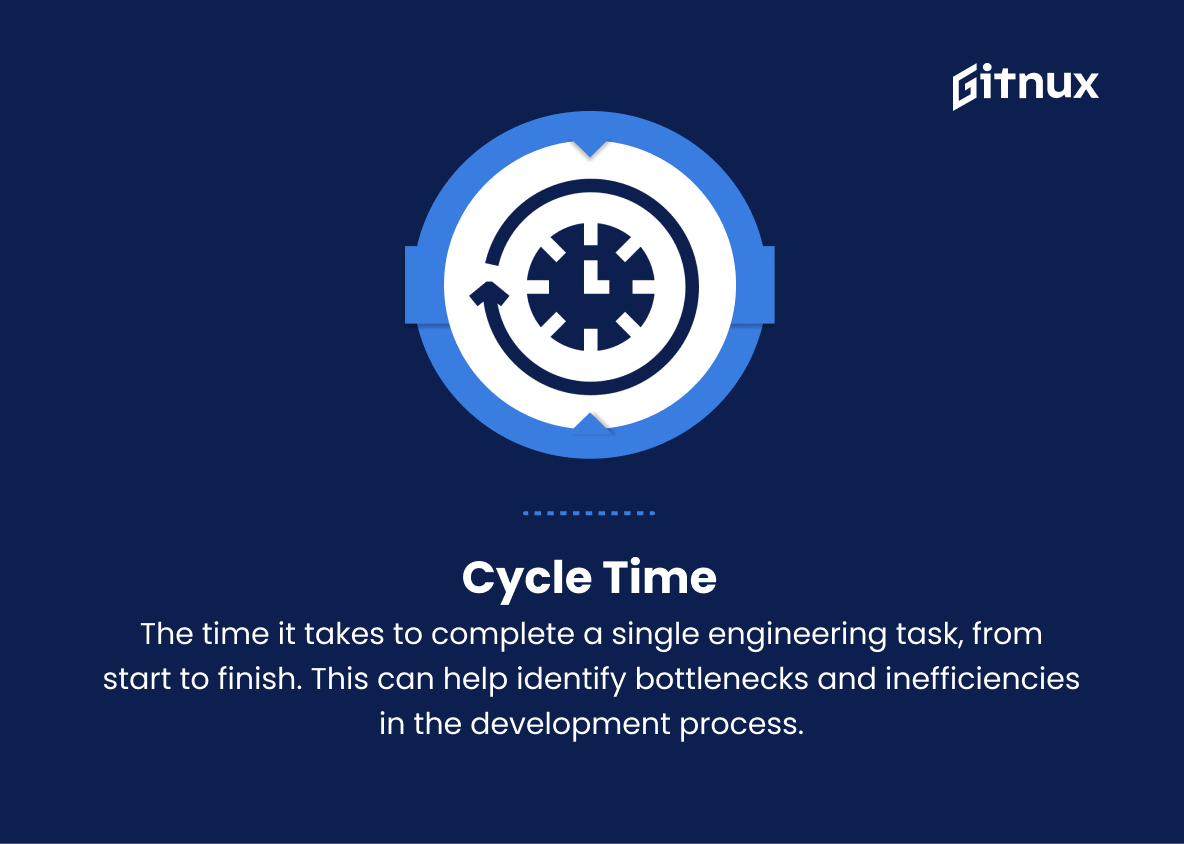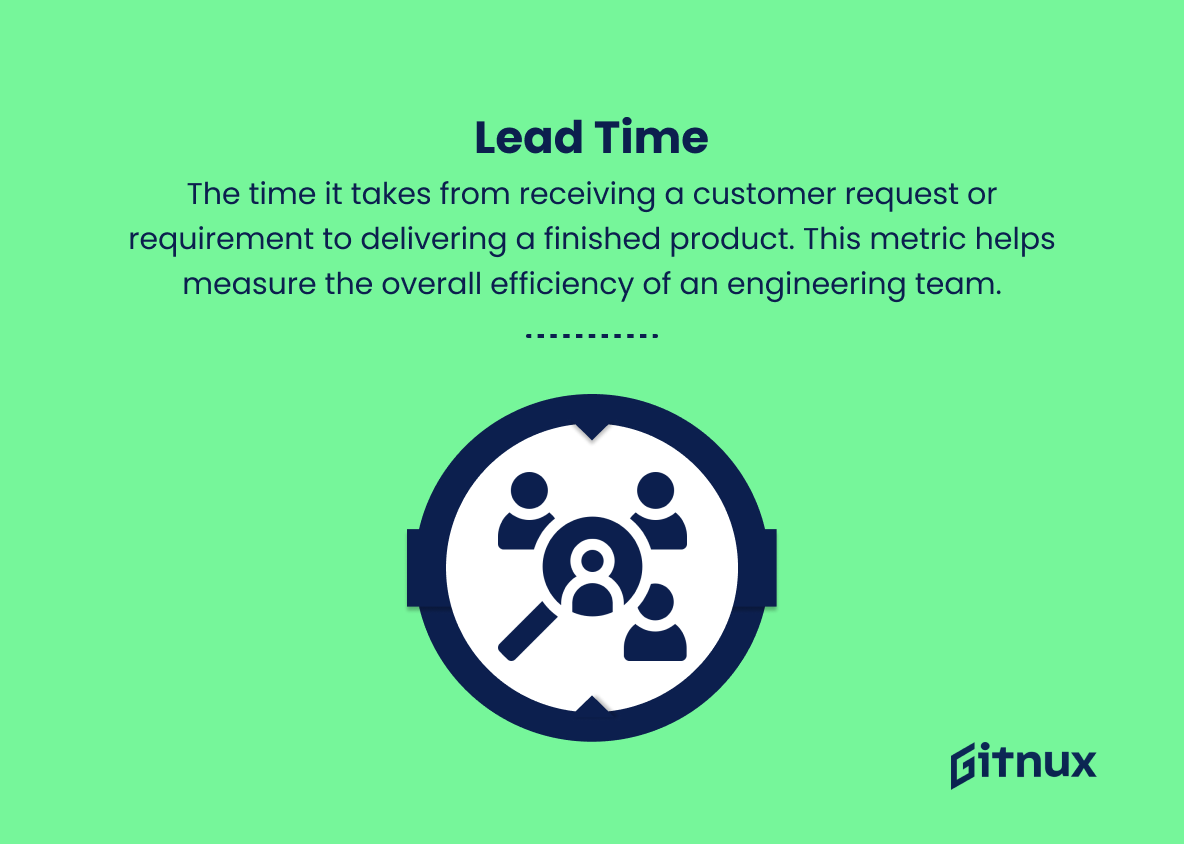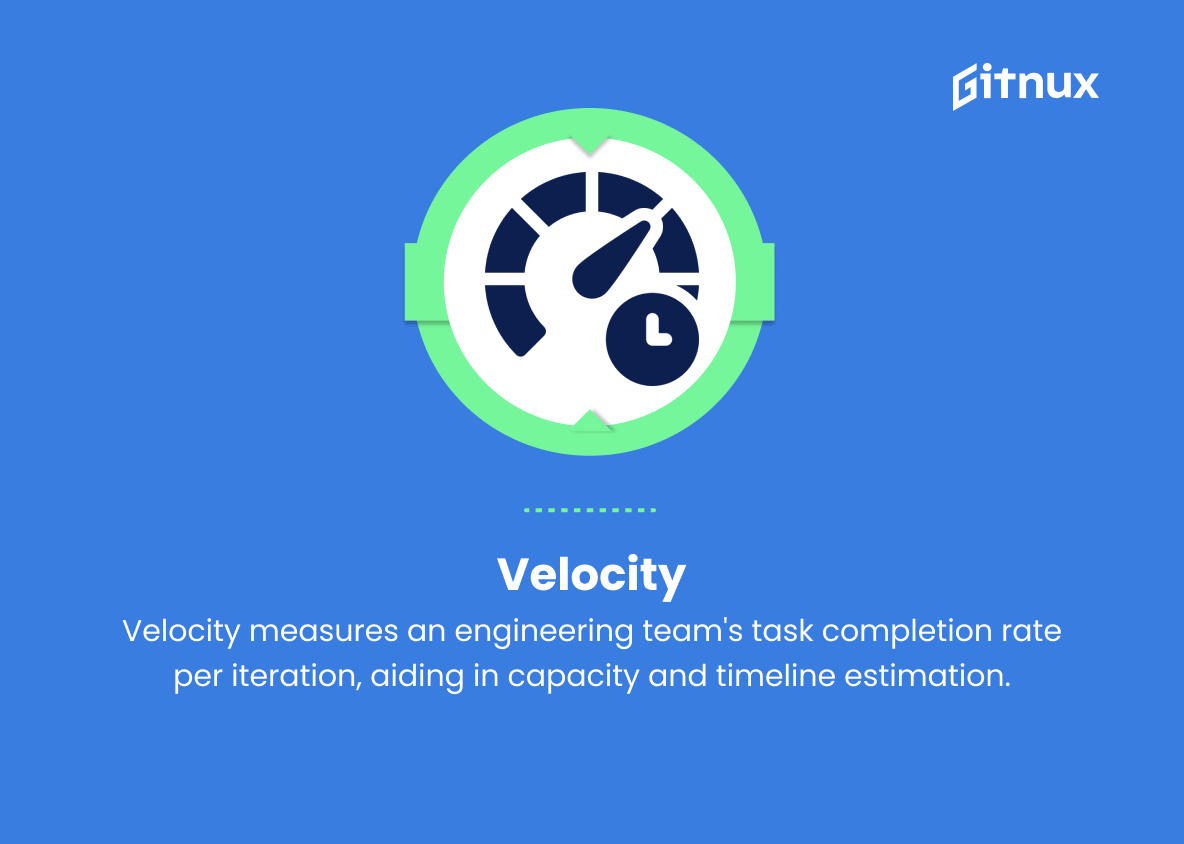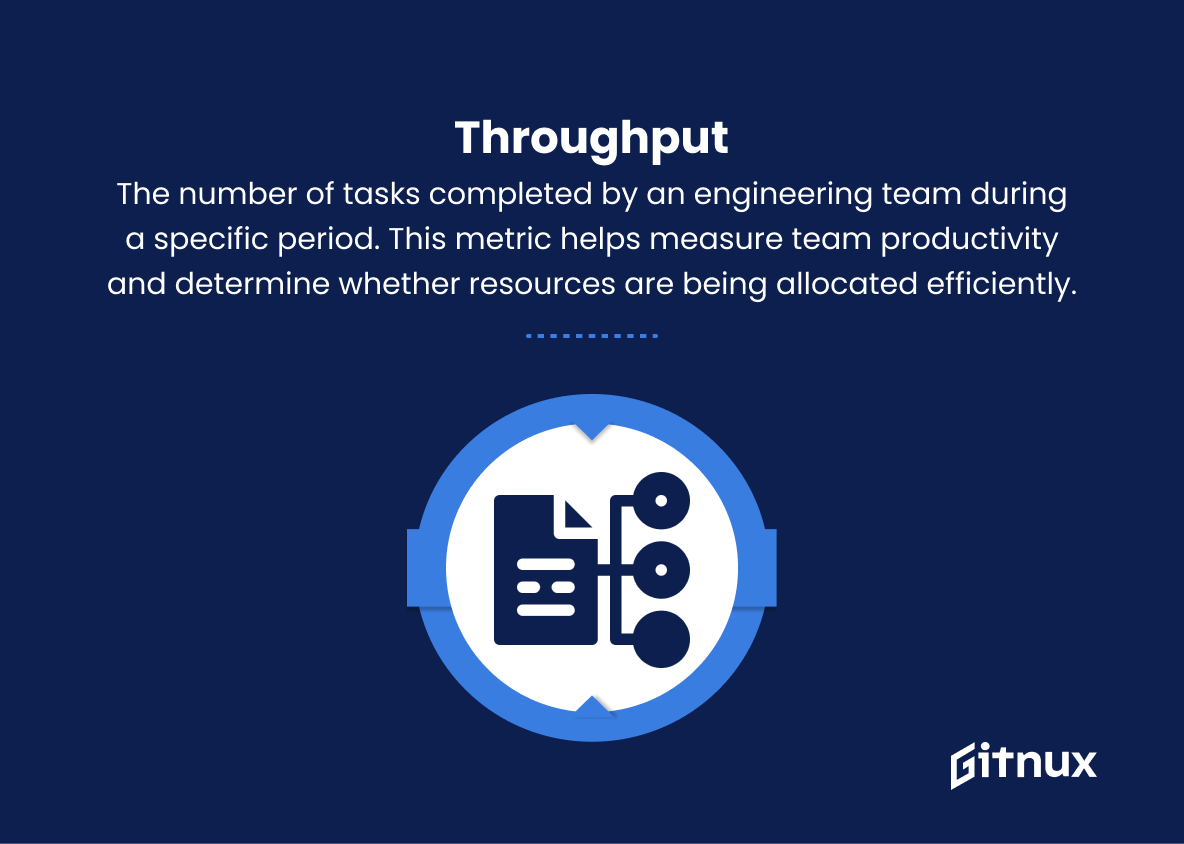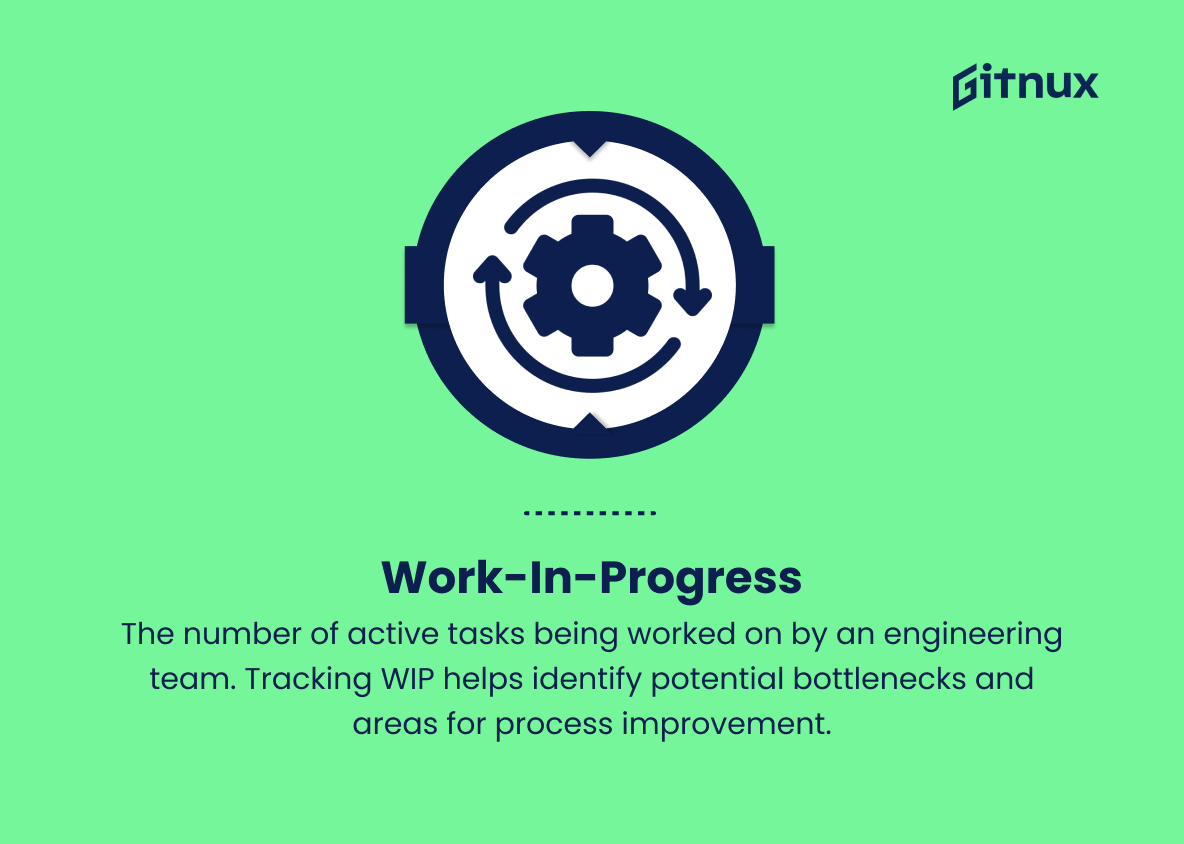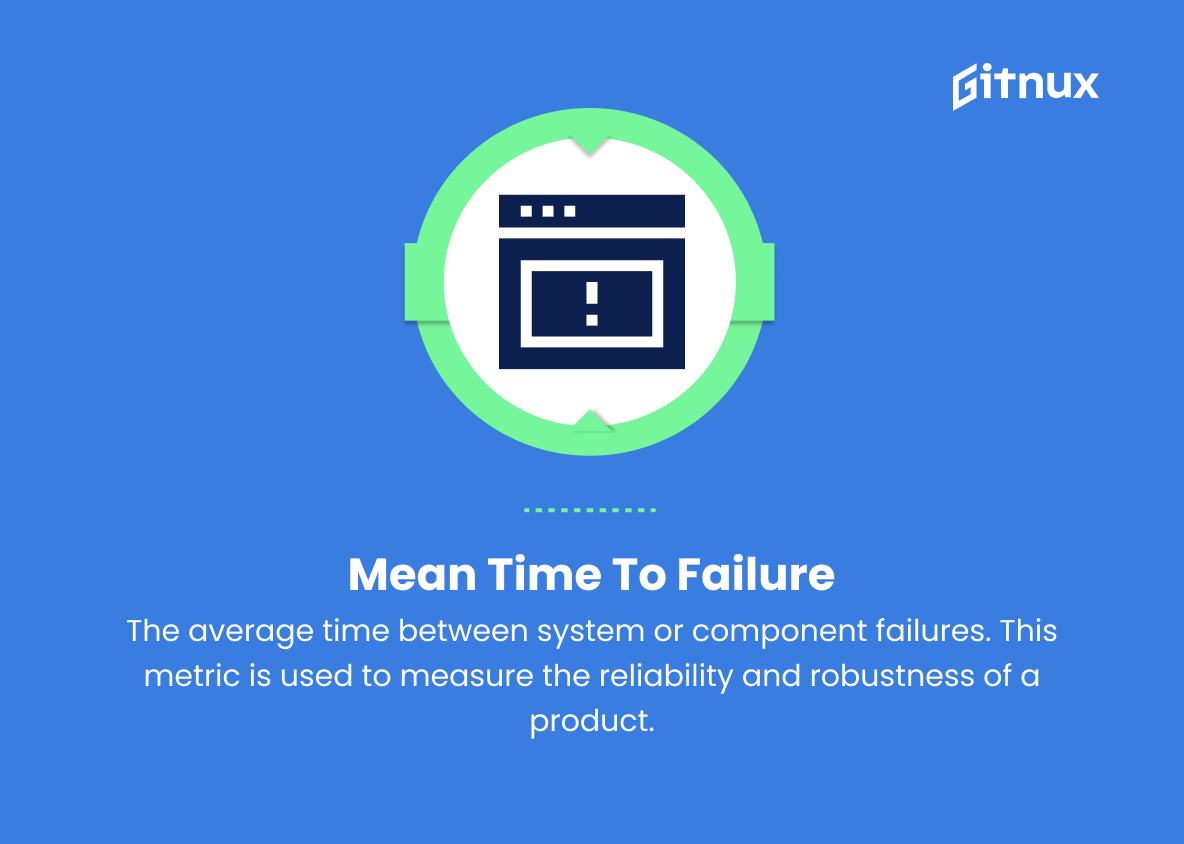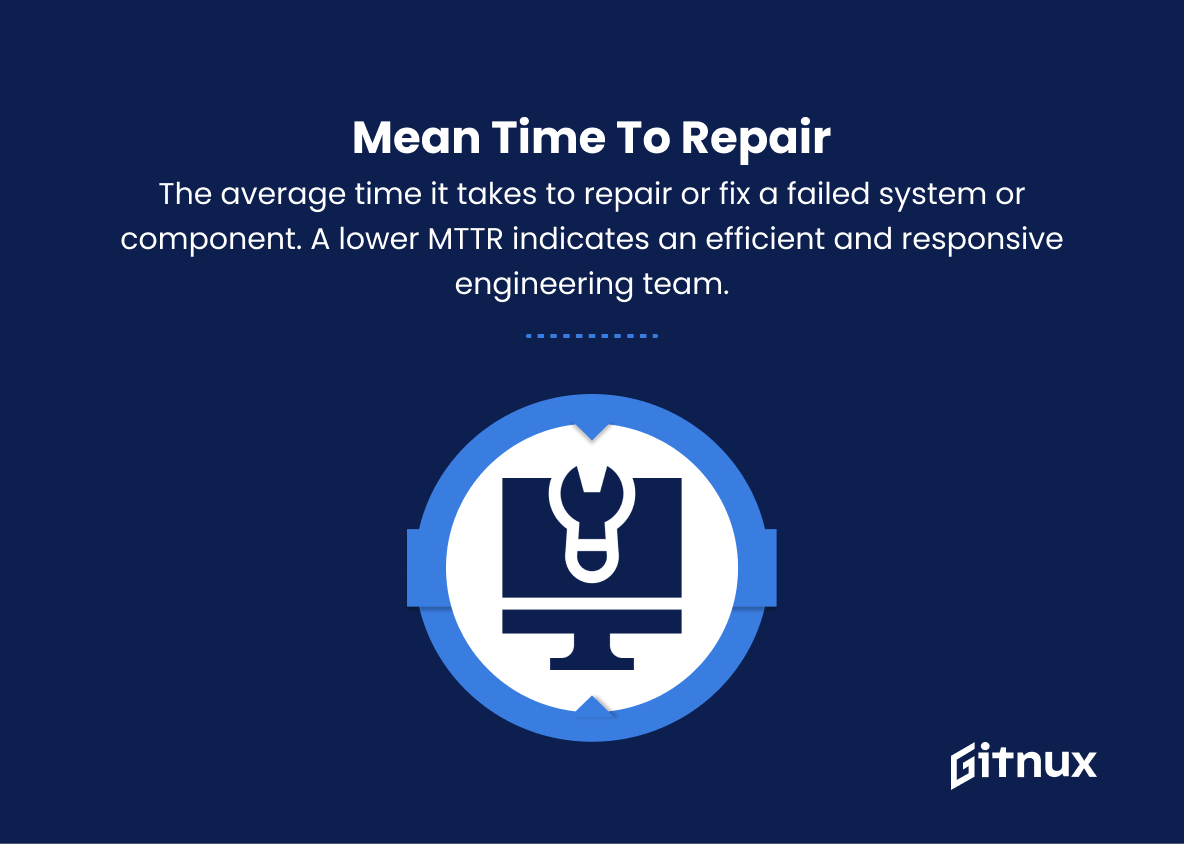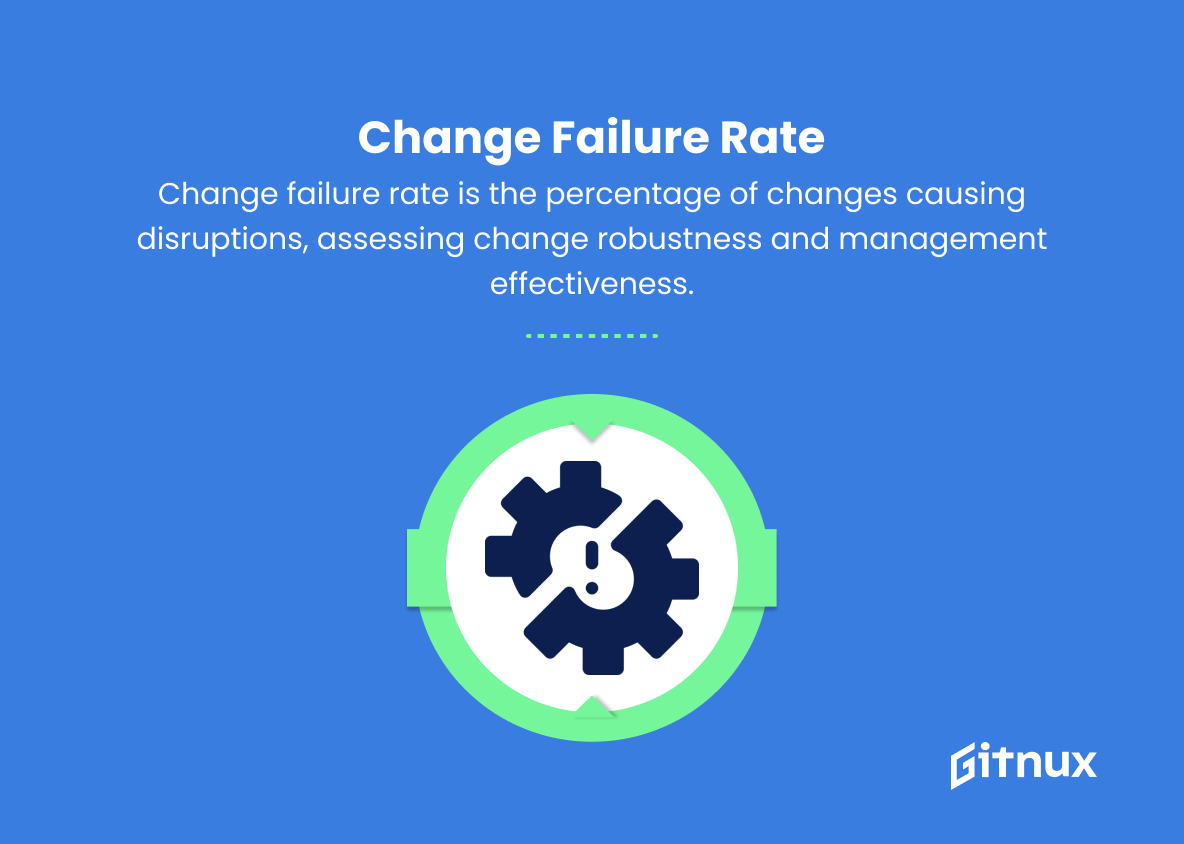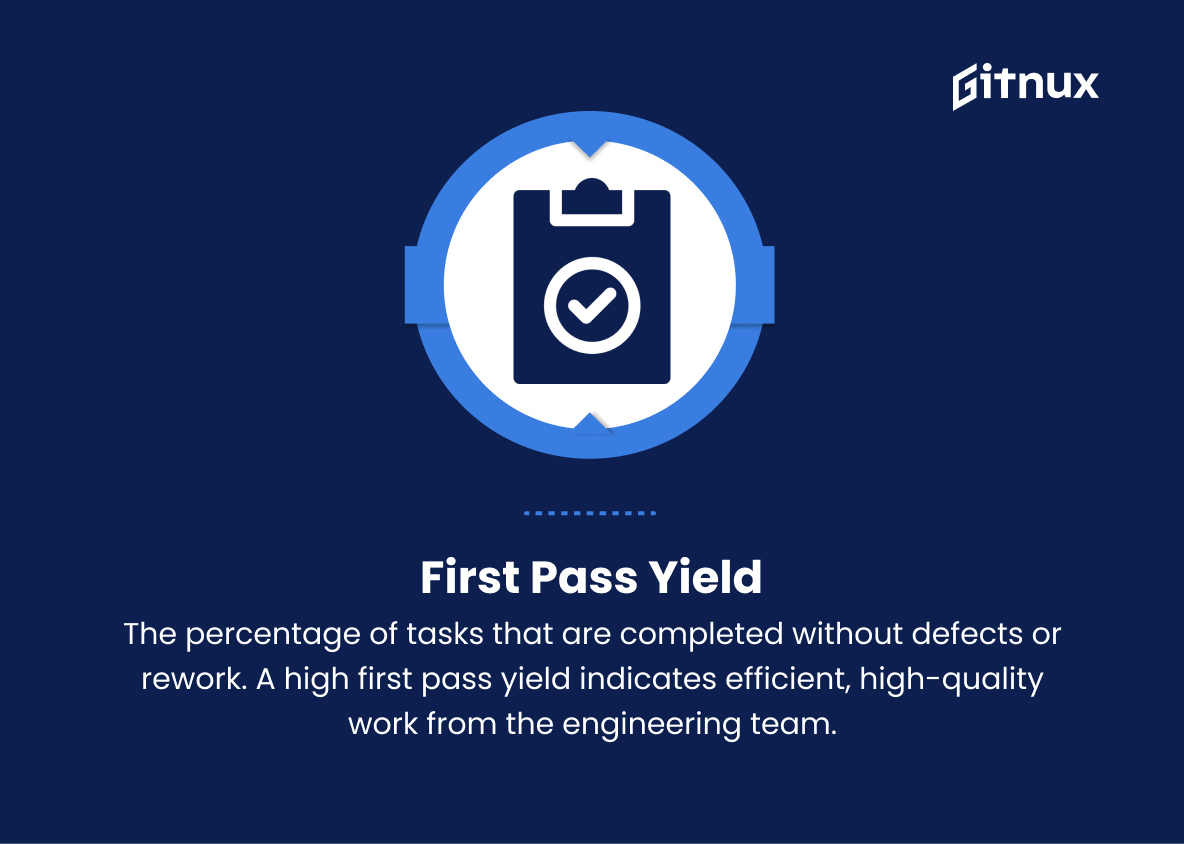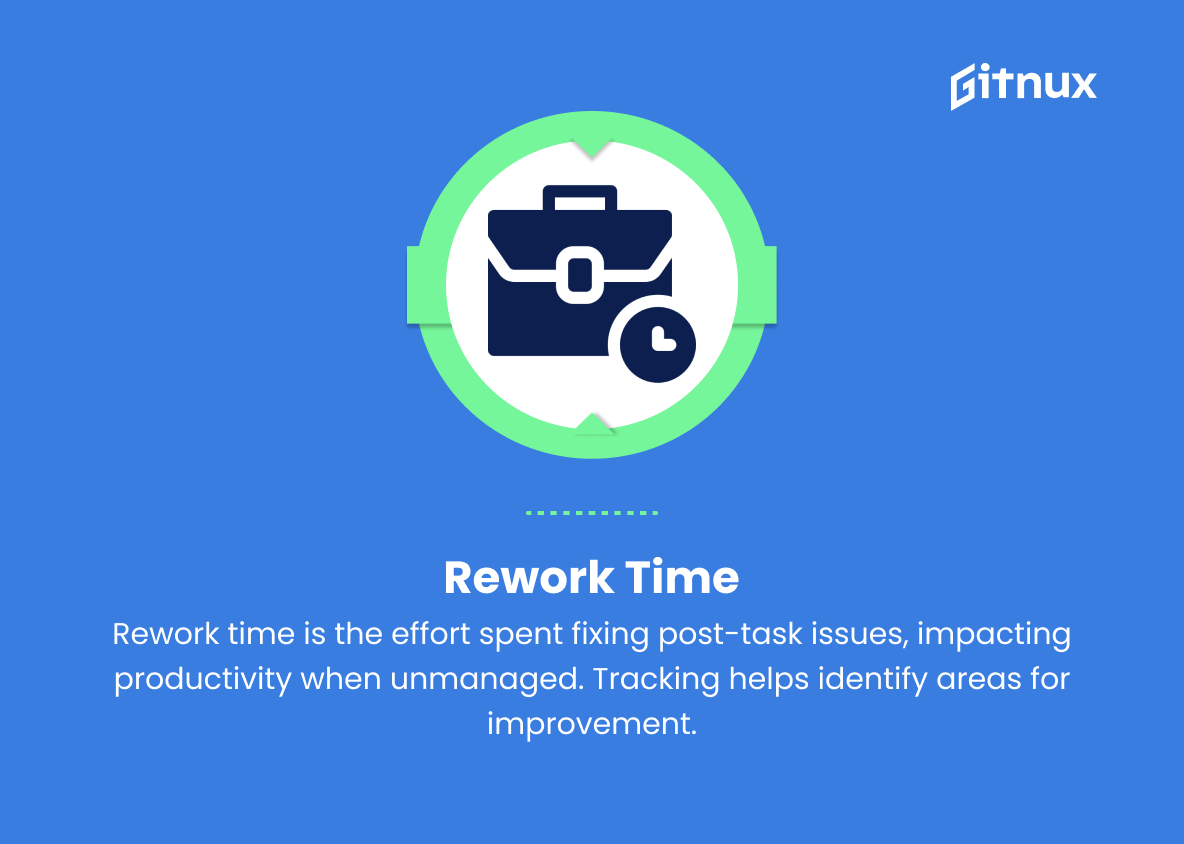In today’s fast-paced and competitive technological landscape, engineers and their teams face the constant challenge to develop and deliver high-quality products in the most efficient manner possible. It has, therefore, become increasingly crucial to identify and track key performance indicators that can help organizations assess and optimize their engineering productivity.
In this blog post, we will delve into the realm of engineering productivity metrics – crucial tools for evaluating the effectiveness of software development processes and guiding improvements in engineering practices. By exploring various metrics, their benefits, and potential challenges, we aim to provide a comprehensive understanding of how engineering teams can harness the power of these metrics to optimize productivity, ensure project success, and drive overall business growth.
Engineering Productivity Metrics You Should Know
1. Cycle Time
The time it takes to complete a single engineering task, from start to finish. This can help identify bottlenecks and inefficiencies in the development process.
2. Lead Time
The time it takes from receiving a customer request or requirement to delivering a finished product. This metric helps measure the overall efficiency of an engineering team.
3. Velocity
The rate at which an engineering team completes tasks, often measured in story points or another unit of work per iteration. This metric is used to estimate team capacity and project timelines.
4. Throughput
The number of tasks completed by an engineering team during a specific period. This metric helps measure team productivity and determine whether resources are being allocated efficiently.
5. Work-in-Progress (WIP)
The number of active tasks being worked on by an engineering team. Tracking WIP helps identify potential bottlenecks and areas for process improvement.
6. Code Coverage
The percentage of a software system’s source code that is covered by automated tests. This metric is useful for assessing code quality and the reliability of the testing process.
7. Code Churn
The amount of code changes made within a specific time period. High code churn may indicate complex and unstable code, while low churn suggests code stability.
8. Defect Density
The number of defects found per thousand lines of code. This metric helps assess the overall quality of software components and track the effectiveness of quality control practices.
9. Mean Time to Failure (MTTF)
The average time between system or component failures. This metric is used to measure the reliability and robustness of a product.
10. Mean Time to Repair (MTTR)
The average time it takes to repair or fix a failed system or component. A lower MTTR indicates an efficient and responsive engineering team.
11. Deployment Frequency
The number of times a software application is deployed to production within a specific time frame. Higher deployment frequency is an indicator of a streamlined deployment process and continuous delivery practices.
12. Change Failure Rate
The percentage of changes made that result in a failure or disrupt system functionality. This metric is useful for assessing the robustness of changes and the effectiveness of the change management process.
13. First Pass Yield
The percentage of tasks that are completed without defects or rework. A high first pass yield indicates efficient, high-quality work from the engineering team.
14. Escaped Defects
The number of defects that are found by customers or end-users after a product has been released. This metric provides insight into the effectiveness of internal testing and quality assurance processes.
15. Rework Time
The amount of time spent on fixing defects, errors, and other issues after an engineering task has been completed. Rework time can reduce productivity if not managed properly, and tracking this metric allows for targeting areas for improvement.
Engineering Productivity Metrics Explained
Engineering Productivity Metrics are essential tools for gauging the efficiency, quality, and overall performance of an engineering team. Metrics such as Cycle Time, Lead Time, Velocity, Throughput, Work-in-Progress (WIP), Code Coverage, Code Churn, Defect Density, Mean Time to Failure (MTTF), Mean Time to Repair (MTTR), Deployment Frequency, Change Failure Rate, First Pass Yield, Escaped Defects, and Rework Time help in identifying bottlenecks and inefficiencies, assessing code quality and reliability of the testing process, measuring team capacity and project timelines, tracking the effectiveness of quality control practices, and ensuring that resources are allocated efficiently.
By carefully monitoring and analyzing these metrics, engineering leaders can make informed decisions to streamline processes, improve code stability, enhance product reliability, and ultimately deliver high-quality products to their customers in a timely and efficient manner.
Conclusion
In conclusion, engineering productivity metrics play a crucial role in assessing the effectiveness and efficiency of technical teams. By employing the appropriate measurements and indicators, organizations can optimize their workflows, reduce unnecessary costs, and promote a culture of continuous improvement.
As engineering fields constantly evolve, it is essential for teams to regularly reevaluate their metrics and stay current with industry best practices to ensure optimal productivity. Ultimately, investing in engineering productivity metrics not only enhances individual and team performance but also contributes to the overall success of a company.
